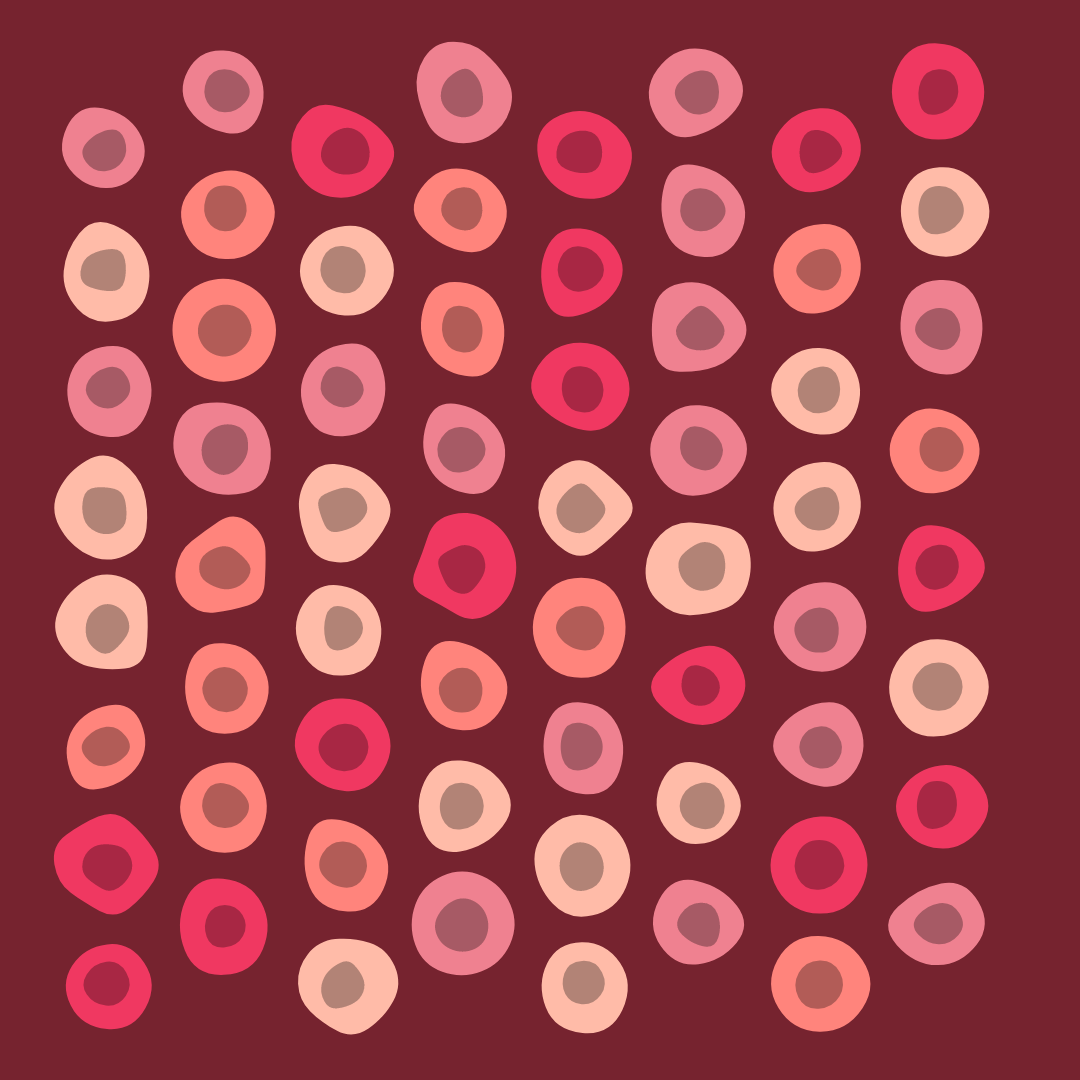Aggregated News

Student Zoe Davis, 20, was just weeks into her junior year when she landed back in the hospital with severe sickle cell pain earlier this month. She is doing what she can to prevent the crippling attacks in her arms, legs and abdomen that are becoming more frequent.
She knows new gene therapies may provide long-term relief to some of the 100,000 Americans like her who suffer from sickle cell disease. But she's holding off trying one.
"It is so new ... I wanted to see more success stories before I committed to it," said Davis, who is studying veterinary science at North Carolina Agricultural and Technical State University in Greensboro.
Her hesitation illustrates a common reason why take-up for the potentially life-changing treatments, which cost $2 million to $3 million in the U.S., is proving even slower than expected, interviews with half a dozen U.S. specialists and six sickle cell patients show.
Younger patients – weighing school schedules and reluctant to add more medical burden to their lives – have been less enthusiastic than predicted, said Dr. Leo Wang...



